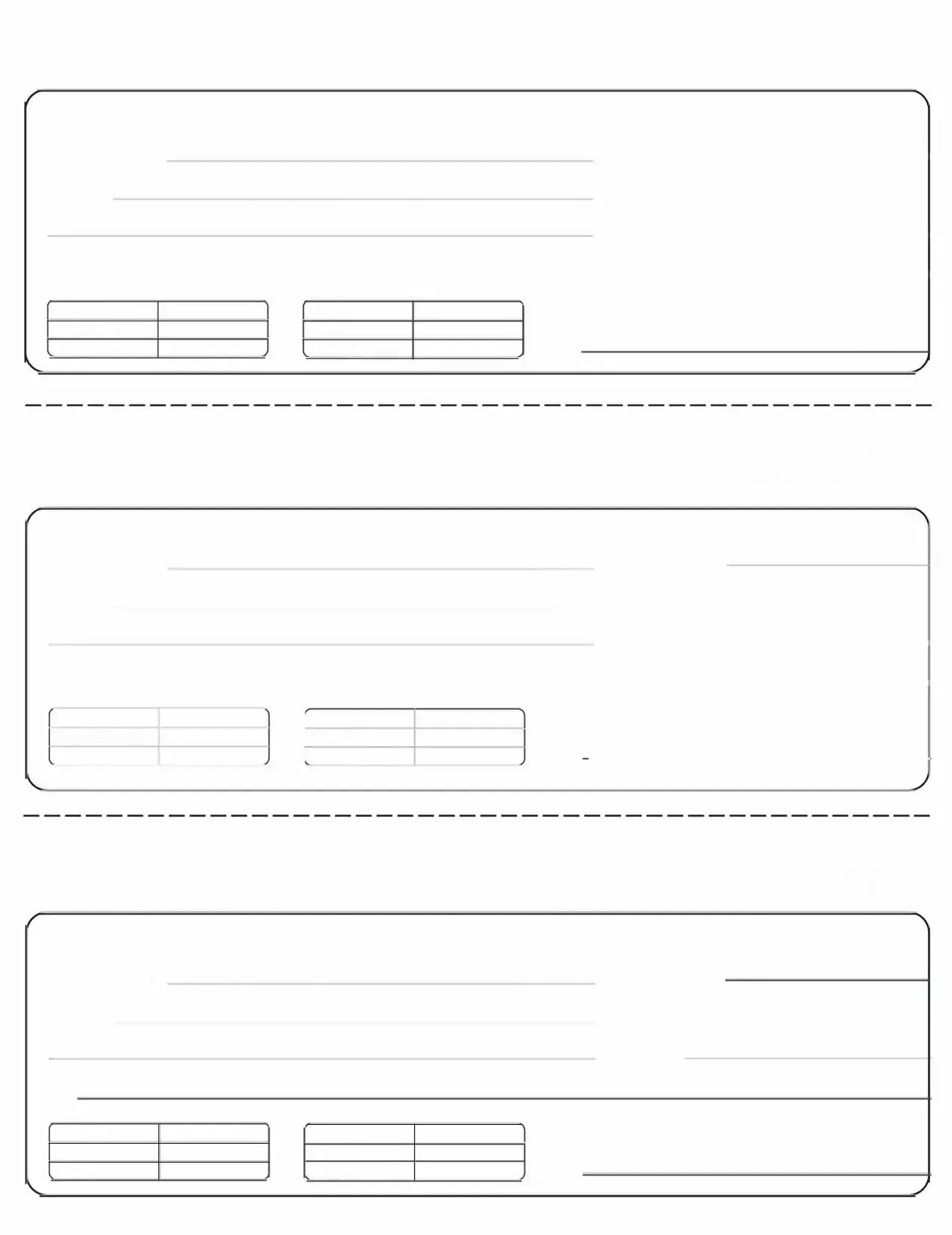The Cash Receipt form plays a crucial role in financial transactions, serving as a vital document for both businesses and individuals. This form is used to record the details of cash received, ensuring accurate tracking and accountability. Key elements typically included on the form are the date of the transaction, the name of the payer, the amount received, and the method of payment, whether cash, check, or electronic transfer. Additionally, the form may feature a unique receipt number for easy reference and auditing purposes. By providing a clear and organized way to document incoming funds, the Cash Receipt form helps prevent discrepancies and supports effective financial management. It is essential for maintaining transparency in accounting practices and can be invaluable during tax preparation or financial reviews. Overall, this simple yet effective tool streamlines the process of cash handling, making it easier for businesses to maintain accurate records and for individuals to keep track of their financial dealings.

